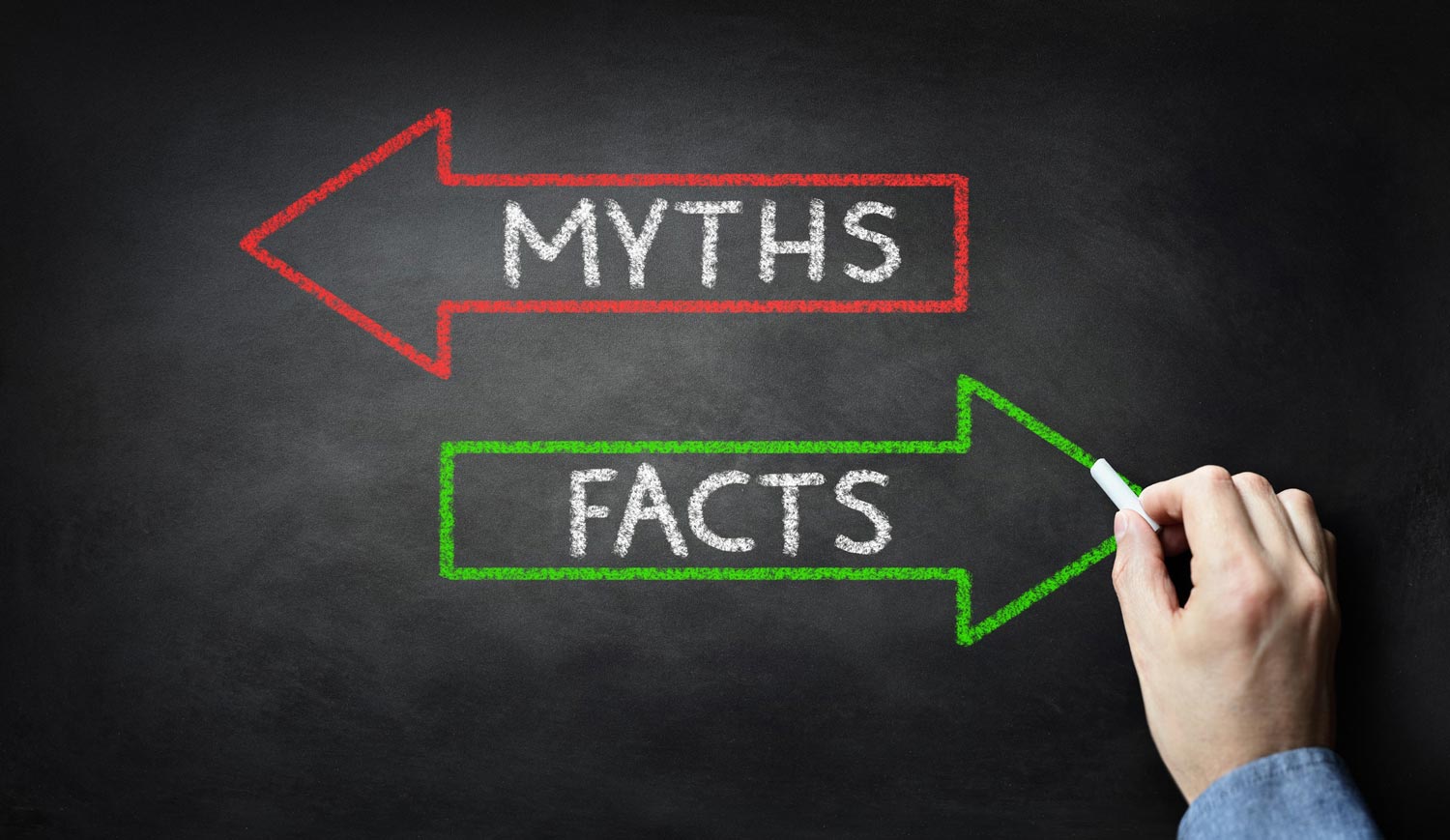Primary Causes of Urinary Incontinence in Women
Written by Urologist and Sexual Health Expert Dr. Jennifer Berman
Urinary incontinence is the accidental or unintentional loss/leakage of urine. This is not only an embarrassing problem; it’s one that significantly affects quality of life. Approximately 25 to 45% of women, regardless of age, are dealing with this problem and many are suffering in silence.
The rates of Urinary incontinence increase with age in women: 20% to 30% of young women, 30% to 40% of middle-aged women, and up to 50% of older women suffer from bladder leaks. Many of these women believe that leakage of urine is a normal part of life and something they just have to live with after having children or becoming menopausal. They don’t understand that Urinary incontinence, of any kind, is a medical condition and there are treatments available.
While some women experience occasional, minor leaks of urine, others wet their clothes frequently. Types of Urinary incontinence are listed below. Understanding the nature of the problem will help you give your health care provider the information they need to determine the best treatment for you.
Stress Incontinence:
With stress incontinence (SI) urine leaks when you exert pressure on your bladder by coughing, sneezing, laughing, exercising or lifting something heavy. This common type of incontinence occurs after childbirth and with aging and menopause. Childbirth and other events can injure the bladder’s support structures. The pelvic floor muscles and ligaments that support the bladder become stretched after childbirth and less elastic during menopause. These changes allow the bladder to move downward, changing the normal anatomic angle of the urethra, the tube that urine flows through from the bladder. The muscles that ordinarily force the urethra shut weaken and urine leaks into the urethra during moments of physical stress or anytime pressure is exerted onto the bladder during coughs, sneezes or lifting.
Urge Incontinence:
Urge incontinence causes involuntary loss of urine with an intense urge. You may need to urinate often, including throughout the night. Urge incontinence may be caused by a minor condition, such as an infection, or a more severe condition like a neurologic disorder such as MS, Parkinson’s or a spinal cord injury. Any medical condition or medication that affects the nerve function in the body can affect the ability of the bladder to fill and empty properly. It’s similar to the way the wiring in the electrical system in your home can short circuit.
Overflow Incontinence:
The frequent or constant dribbling of urine due to a bladder that doesn't empty completely is termed overflow incontinence. This is also common in neurological conditions but is different than urge incontinence. Instead of increased or dysfunctional nerve signals to the bladder, there is diminished sensation and decreased nerve function. This is common in women with a history of diabetes. The bladder muscle becomes weak so bladder contractions are limited, if the muscles contract at all. In severe cases, the bladder does not contract causing "overflow incontinence.”
Functional Incontinence:
With functional incontinence, physical or mental impairment keeps you from making it to the toilet in time. For example, if you have severe arthritis, you may not be able to unbutton your pants quickly enough. This type of incontinence is very common in the elderly who have limited mobility.
Mixed Incontinence:
When a physician refers to “mixed incontinence,” they simply mean that the patient is experiencing more than one type of the Urinary incontinence.
If your bladder leaks, there is good news. If you are suffering from incontinence in any way, you are definitely not alone and there are treatment options for you that may reduce or even eliminate it. The first step toward relief is to see your health care provider to start the conversation.





